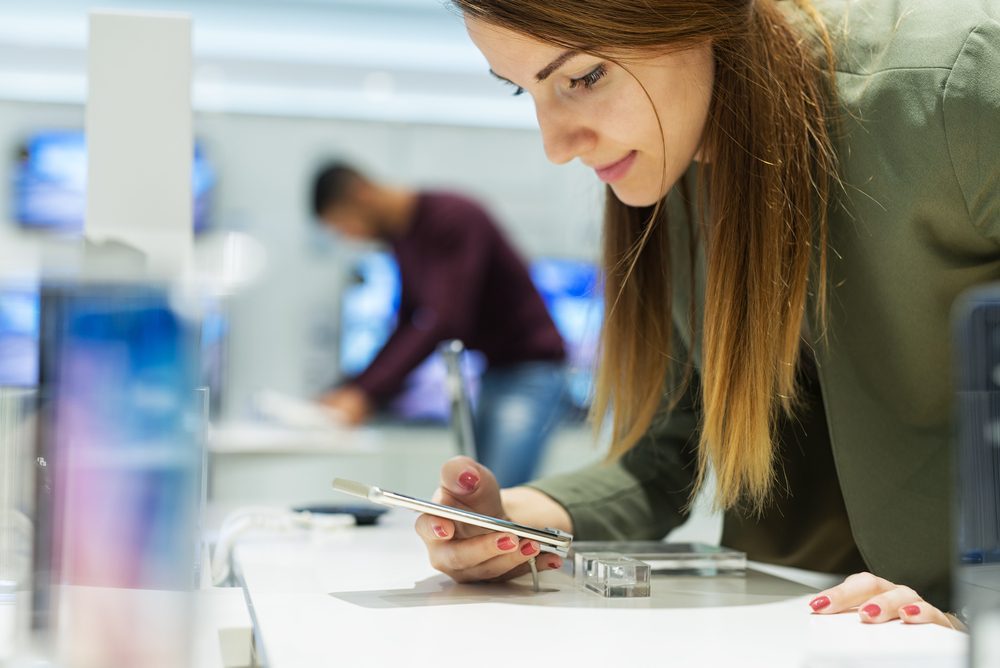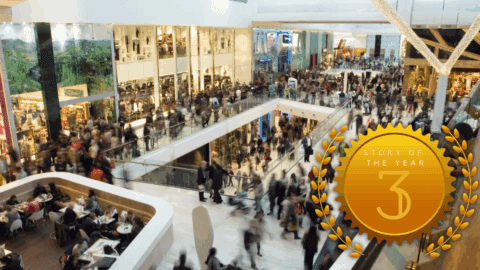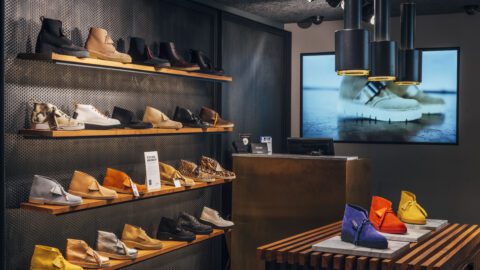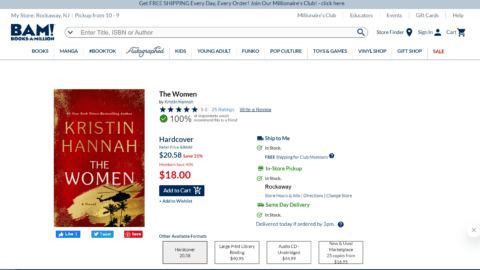Technology has made brick-and-mortar retail more convenient than ever, but it can also be a point of friction for shoppers: more than 80% of consumers have encountered technical issues at stores and restaurants, and 60% have had multiple encounters with technical problems, according to The Digital Forward Customer Experience report by Boomtown. However, the advantages of tech outweigh the downsides, and even pure play e-Commerce retailers are embracing an omnichannel approach.
“Digital native brands on Shopify have realized that it makes sense to have a brick-and-mortar store too,” said Chip Kahn, Founder & CEO of Boomtown in an interview with Retail TouchPoints. “Being inherently digital is becoming part of our expectations, and it can drive much more customer retention.”
Keeping up with customer expectations is important for outreach, as 63% of consumers will compliment or refer a store to others if they have a positive experience. Shopper expectations vary based on the size of the retailer, but digital services are always in demand:
- Most customers at national chains (57%) want a wide range of digital payment options, as do nearly half of customers at regional chains (49%);
- Online ordering is important to 50% of shoppers at national chains, while 36% of customers at regional chains and 38% at local retailers want buy online, pick up in-store (BOPIS) capabilities;
- In addition to 26% of customers looking for location-based promotions atnational chains, 29% of shoppers expect them at local retailers; and
- Self-checkout is attractive to 49% of national chain shoppers and 28% of regional chain customers.
When in-store technology functions well, it can form a strong cornerstone for customer retention. Nearly half (46%) of shoppers say that interactions with functioning in-store technology increases their confidence in a brand, and a positive experience can also result in:
- More frequent visits to the business (44%);
- More recommendations to others (43%); and
- More frequent purchases (41%).
To Avoid Painful Downtime, Take Proactive Measures
The key issue facing retailers is how these services invite additional headaches, such as displaying incorrect information online or malfunctioning self-checkout devices. These concerns can generate problems beyond lost sales, as 56% of consumers said they will file a complaint if they have an issue with a retailer.
“While 55% of customers will complain, 100% are probably thinking about it,” said Kahn. “Apologizing is one thing, but shoppers will typically abandon the line after minutes, so retailers may not get the chance for apologies. The best approach is proactive, making the move to predictive support.”
Poor technological experiences lead to a reduction in brand confidence among 28% of shoppers, along with other repercussions:
- Fewer recommendations to others (30%);
- Less frequent visits to the business (28%);
- Fewer purchases from the business (26%); and
- Opting to leave the location before making a purchase (25%).
Retailers need to ensure their technology is sourced from providers whose solutions will work together, according to Kahn. Additionally, they should invest in consistent and reliable technical support that can identify and prevent technical issues before they affect customers.
This approach is costly, which can make it difficult for smaller retailers. However, the results can be worthwhile: 44% of consumers say that they are willing to spend more at small businesses with reliable, advanced technology, and they are more likely to recommend these stores to others.
“From the data we gathered, one of the key takeaways was that small businesses do need similar capabilities to their larger competitors,” said Kahn. “What I found interesting is that consumers who shop at small stores are more likely to encounter tech glitches, but they also are interested in spending more money.”
Retailers should understand what digital services their shoppers expect, and do their best to offer them regardless of their size. Technology can minimize the friction customers experience in the brick-and-mortar channel, generating loyalty and helping stores stand out from the competition.













